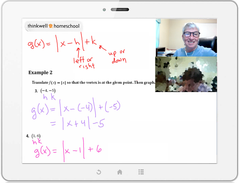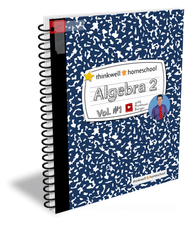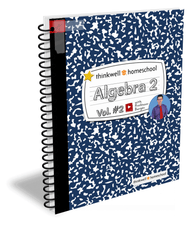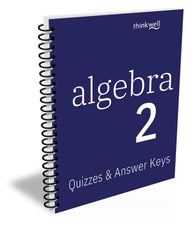










Algebra 2 Online Course
$169.00
Start anytime. Learn anywhere. Move at your own pace.
Not sure if Algebra 2 is the right fit? Take our free placement test.
Thinkwell’s Algebra 2 helps students master advanced algebraic concepts with 300+ engaging video lessons taught by acclaimed professor and mathematician Edward Burger. With his signature clarity and humor, Prof. Burger makes challenging material understandable and even enjoyable—it’s like having a world-class teacher right by your side.
Students build confidence as they tackle functions, polynomials, logarithms, and more through step-by-step lessons and real-world applications. Automatically graded exercises and interactive practice ensure they get the reinforcement they need. Every course also comes with a free digital companion e-book for added support. (Preview the e-book)
⭐ New! Studdy Buddy — your student’s built-in math tutor. They’ll get instant, step-by-step help on practice problems anytime they need it, included free with your Algebra 2 course. Learn more about Studdy Buddy here.
Whether your student is preparing for Precalculus, college entrance exams, or simply wants a deeper understanding of math, Thinkwell’s Algebra 2 provides the tools—and the confidence—they need to succeed.










